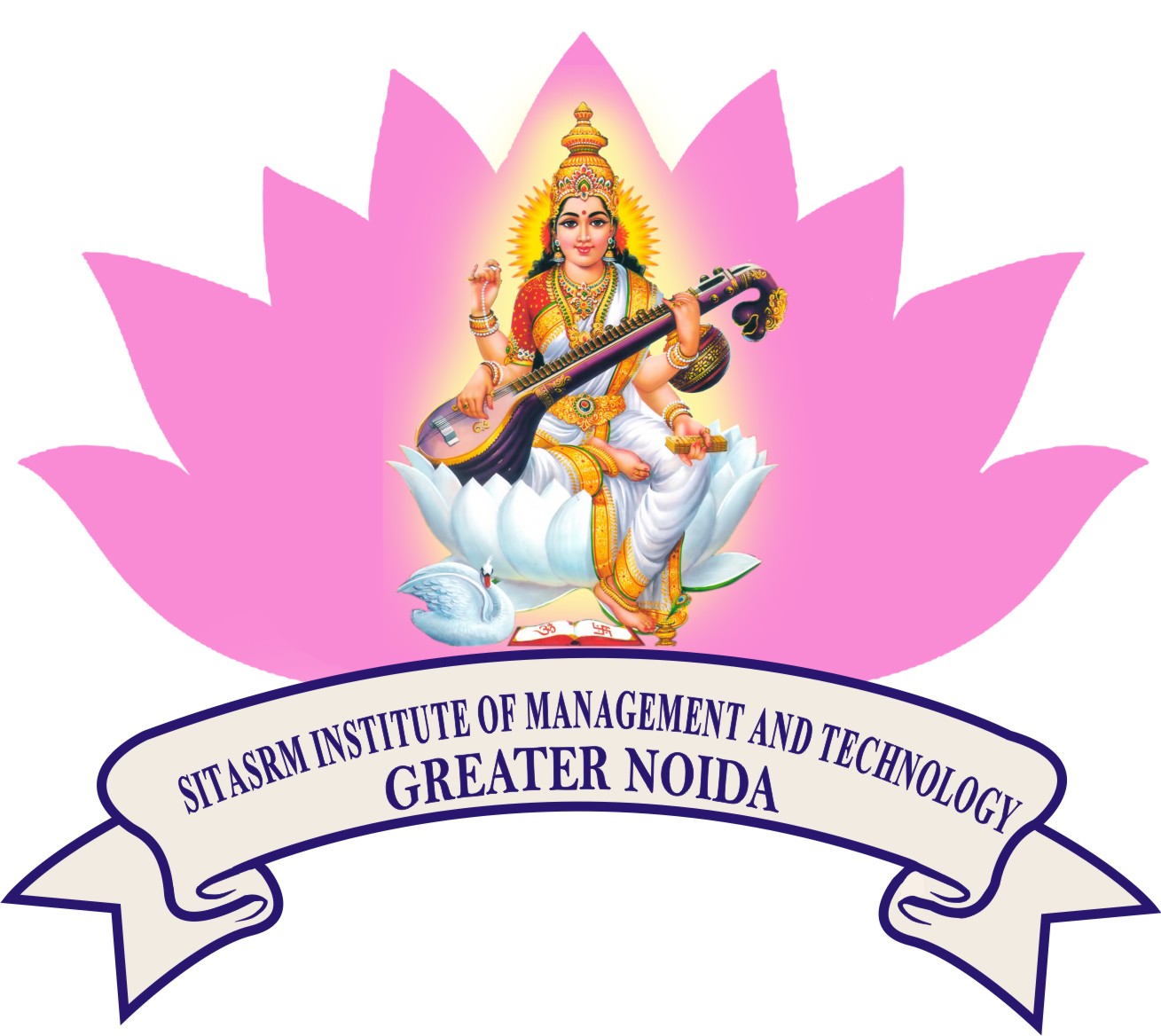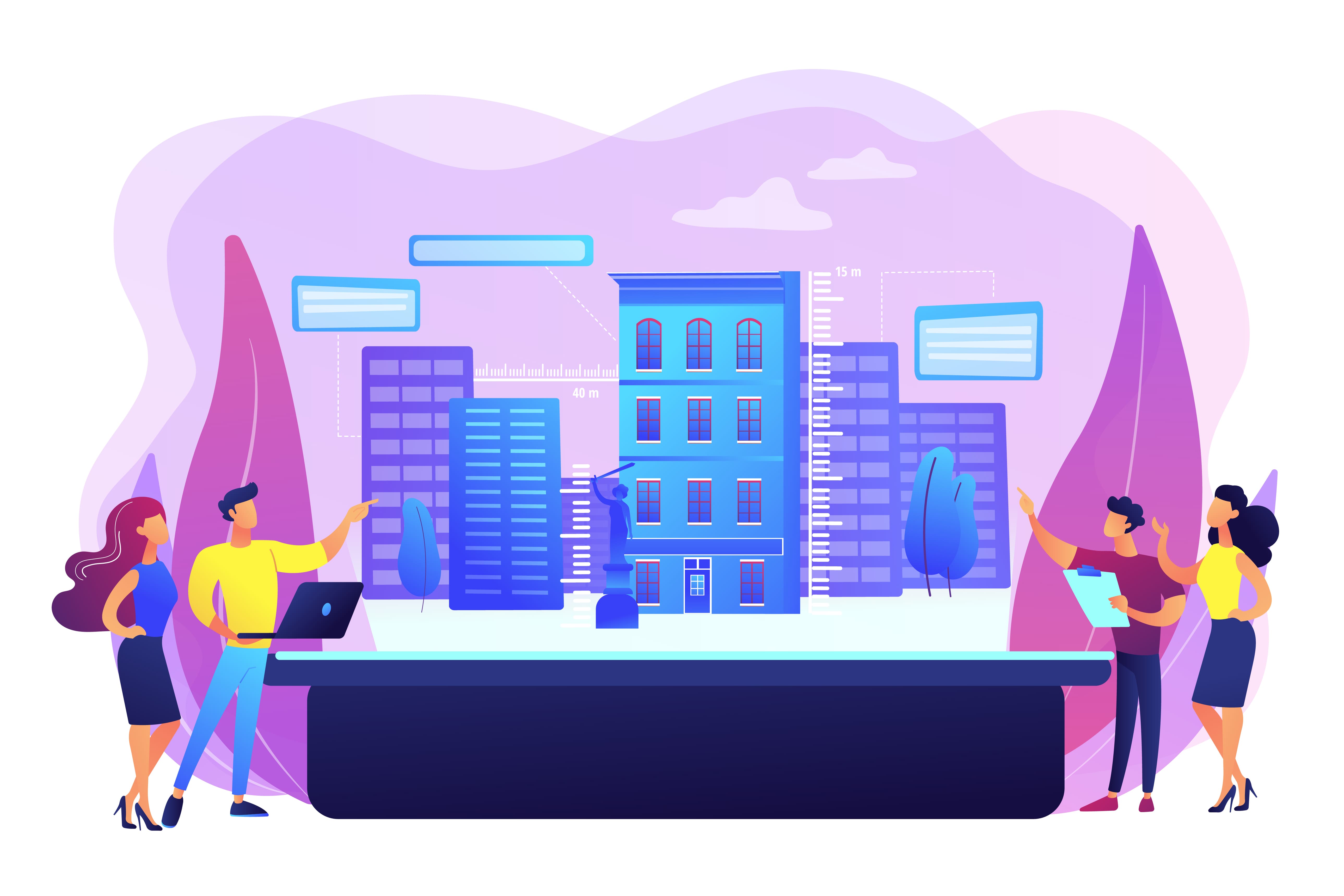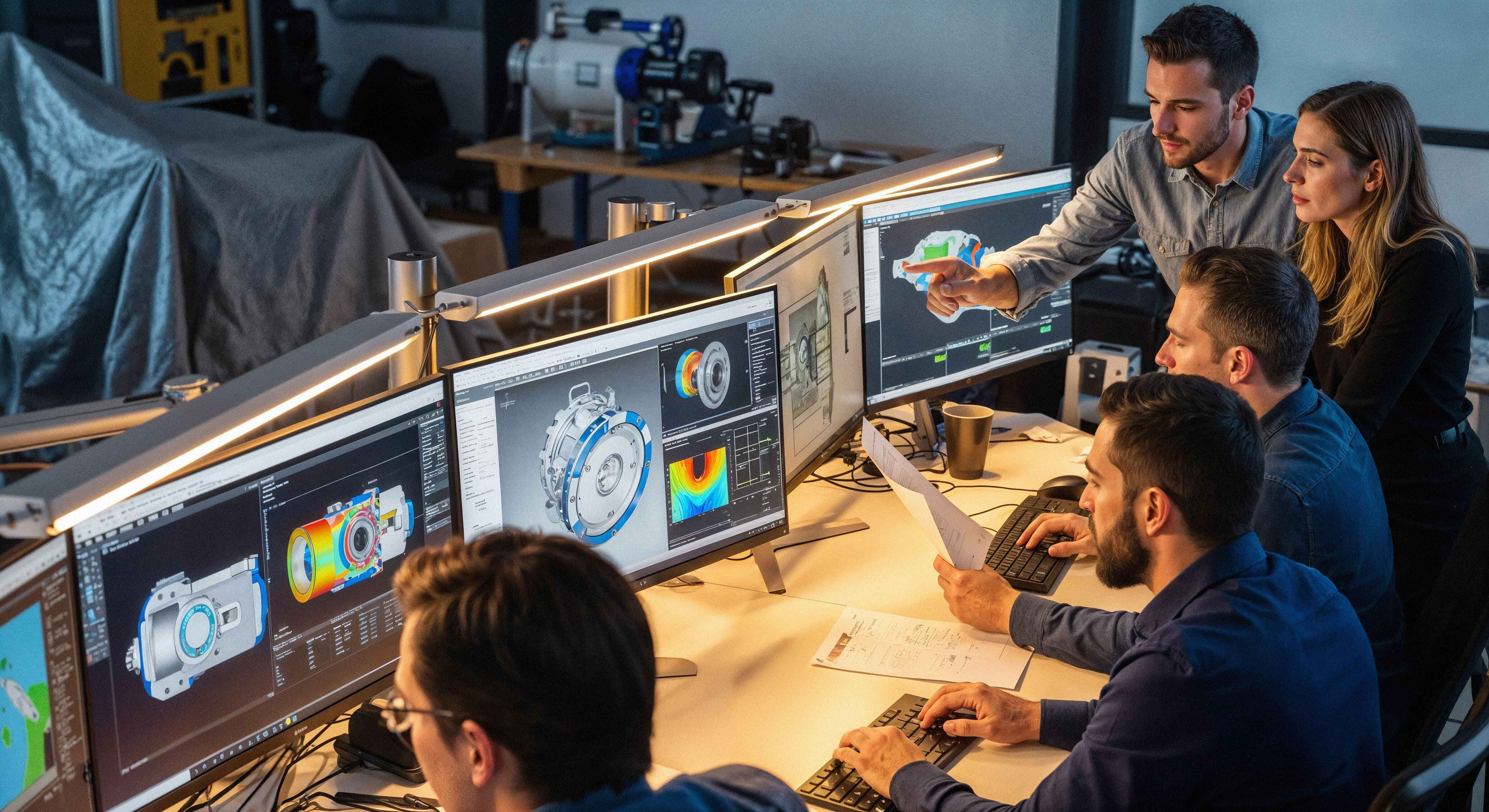 SIMT
SITASRM INSTITUTE OF MANAGEMENT & TECHNOLOGY
SIMT
SITASRM INSTITUTE OF MANAGEMENT & TECHNOLOGY
 SIMT
SITASRM INSTITUTE OF MANAGEMENT & TECHNOLOGY
SIMT
SITASRM INSTITUTE OF MANAGEMENT & TECHNOLOGY

SIMT
SITASRM INSTITUTE OF MANAGEMENT & TECHNOLOGY
Menu
Unpacking the Latest Software Architecture Trends for MCA Students
Introduction
The world of software development is in constant motion. Just as programming languages evolve, so too do the underlying structures that hold our applications together: software architecture trends. For MCA students, understanding these shifts isn't just about staying current—it's about preparing for a career where adaptability is a key skill. The choices made in architecture can define a project's success or failure, impacting everything from scalability to maintainability and development speed. So, let's explore five of the most impactful software architecture trends shaping the industry today.
Top 5 Software Architecture Trends
1. The Rise of Microservices: Breaking Down the Monolith
Monolithic applications, where all components are tightly integrated, are being replaced by a more flexible approach. The most prominent of these software architecture trends is the adoption of microservices. This architectural style breaks an application into small, independent services. Each service performs a specific function, like user authentication or order processing, and communicates with others via APIs. This decoupling allows teams to develop, deploy, and scale each service independently. A recent industry survey found that over two-thirds of organizations are now using microservices, highlighting their mainstream adoption. This agility is a major reason why microservices have become a foundational pillar of modern software development.
2. The Cloud-Native Revolution: A Paradigm Shift
The move to the cloud has been a major driver for many software architecture trends. Cloud-native architecture is a design approach that takes full advantage of cloud computing models. It involves building and running applications using tools and services like containers (e.g., Docker), orchestrators (e.g., Kubernetes), and serverless functions. Instead of just hosting a traditional application in the cloud, cloud-native solutions are built from the ground up to be resilient, elastic, and automated. This architectural style ensures applications can scale efficiently to meet varying demands and are highly portable across different cloud environments.
3. Serverless Architecture: The "Pay-as-you-go" Model
Extending the principles of cloud-native design is serverless architecture. Don't let the name fool you—there are still servers involved! The key difference is that the developer no longer has to manage the server infrastructure. A cloud provider handles all the provisioning, scaling, and maintenance. Developers simply write and deploy functions (Function-as-a-Service, or FaaS) that are executed in response to events. This "pay-per-execution" model makes serverless highly cost-effective for applications with unpredictable or sporadic workloads. It's a game-changer for speeding up development and reducing operational overhead.
4. Event-Driven Architecture (EDA): A Responsive System
Another significant one among the software architecture trends is Event-Driven Architecture. In this pattern, components of a system communicate by emitting and reacting to events. Instead of tightly coupling services with direct calls, an event broker or message queue handles the communication. This decouples the system and makes it more scalable and resilient. For example, in an e-commerce platform, when an order is placed (an event), the system can trigger multiple actions simultaneously, such as updating inventory, sending a confirmation email, and notifying the shipping department. EDAs are essential for building real-time, responsive applications.
5. Edge Computing: Bringing Processing Closer to the Source
As IoT devices and real-time applications become more common, the need for low-latency processing has grown. Edge computing is a recent software architecture trends that addresses this by moving data processing and computation closer to the source of the data. Instead of sending all data to a centralized cloud server for processing, some of the work is done on local devices or "edge" servers. This minimizes network latency and conserves bandwidth. Think of a smart factory where sensors analyze data locally to make real-time decisions without waiting for a cloud server's response. This approach is becoming critical for applications that require immediate feedback.
Conclusion
Understanding these software architecture trends is crucial for anyone entering the field. The shift from monolithic systems to distributed architectures like microservices is a major theme, driven by the need for scalability and agility. These trends are deeply integrated with cloud technologies, leading to innovative approaches like cloud-native and serverless designs. As an MCA student, your goal isn't just to memorize these terms but to understand the "why" behind them. Why choose microservices over a monolith? Why is serverless ideal for some workloads but not others? The answers lie in analyzing project requirements and business goals. The best architects are not just technical experts; they are strategic problem-solvers who can navigate this evolving landscape to build robust, efficient, and future-proof systems.




















































